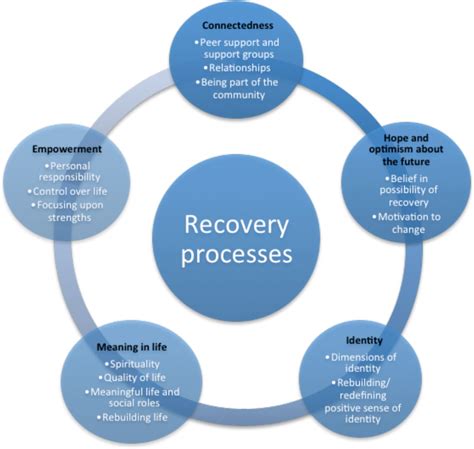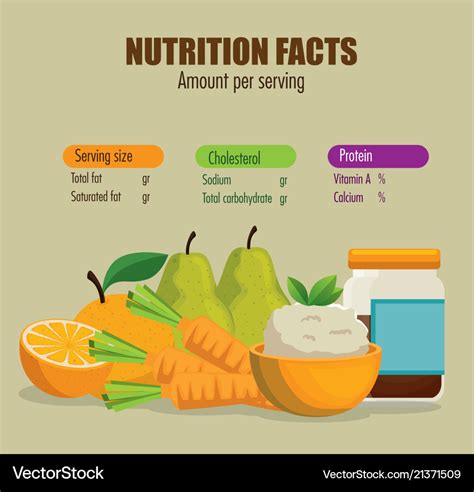How can men optimize workout intensity & volume for peak hypertrophy and strength gains?

For men dedicated to building a formidable physique and unlocking peak physical capabilities, the twin pillars of workout optimization are intensity and volume. Achieving both substantial muscle hypertrophy and impressive strength gains isn’t simply about showing up; it’s about intelligently manipulating these variables to push adaptation without overtraining. This guide delves into the science and practical application of balancing intensity and volume to ensure every rep and every set contributes maximally to your goals.
Understanding Workout Intensity
Workout intensity isn’t just about how heavy you lift; it refers to the magnitude of the effort exerted relative to your maximum capacity. For strength, intensity is often measured as a percentage of your one-repetition maximum (%1RM). For hypertrophy, it’s more about the proximity to muscular failure, often quantified using the Rate of Perceived Exertion (RPE) scale or Reps In Reserve (RIR).
- For Strength: Higher intensity generally means heavier weights, lower reps (1-6), and longer rest periods. Think 85-95% of 1RM. This targets the central nervous system and fast-twitch muscle fibers, improving neural drive and intermuscular coordination.
- For Hypertrophy: While heavy lifting certainly contributes, hypertrophy can be achieved across a broader rep range (6-15+ reps), provided the sets are taken close to failure (RPE 7-9 or 1-3 RIR). The key is sufficient mechanical tension, muscle damage, and metabolic stress.

Deciphering Training Volume
Training volume is the total amount of work performed during a workout or over a training cycle. It’s typically calculated as sets x reps x weight, but often simplified to the number of hard sets performed per muscle group per week. Volume is crucial because it provides the stimulus for muscle growth and strength adaptation. However, too little volume won’t elicit a response, and too much can lead to overtraining and hinder recovery.
- For Hypertrophy: General recommendations range from 10-20 hard sets per muscle group per week. Beginners might start at the lower end, while advanced lifters can potentially handle more, depending on intensity and recovery. This volume needs to be distributed effectively across the week (e.g., 2-3 sessions per muscle group).
- For Strength: While strength training often involves fewer total reps per set, overall volume still matters. The focus shifts slightly to higher quality, lower rep sets with heavier loads. Volume in strength blocks might be slightly lower than pure hypertrophy blocks, but the intensity is significantly higher.

The Dynamic Duo: Intensity and Volume
Intensity and volume share an inverse relationship: as one goes up, the other typically must come down to maintain recoverability. Trying to maximize both simultaneously is a recipe for burnout and injury. The art of optimization lies in strategically cycling these variables to capitalize on their unique benefits.
Periodization, the systematic planning of training, is key here. You might have phases focused on higher intensity (lower volume) for strength, followed by phases emphasizing higher volume (moderate intensity) for hypertrophy. Alternatively, within a single week, you can include both: heavier compound lifts with lower reps for strength earlier in the workout, followed by higher-rep accessory work for hypertrophy.

Practical Strategies for Optimization
To truly optimize your training for peak gains, consider these actionable strategies:
- Progressive Overload: This is the fundamental principle. To continue growing and getting stronger, you must continuously challenge your muscles. This can mean increasing weight, reps, sets, reducing rest times, or improving technique over time. Without progressive overload, adaptation stalls.
- Individualization: No single formula fits all. Your optimal intensity and volume depend on your training experience, recovery capabilities, nutrition, sleep, stress levels, and genetic potential. Listen to your body and adjust accordingly.
- Deload Weeks: Periodically, incorporate a deload week (every 4-8 weeks) where you significantly reduce volume, intensity, or both. This allows your body to recover, tissues to repair, and minimizes accumulated fatigue, preparing you for another productive training block.
- Exercise Selection: Prioritize compound movements (squats, deadlifts, bench press, overhead press, rows) as they allow for greater intensity and stimulate more muscle groups, forming the foundation of both strength and hypertrophy. Supplement with isolation exercises for specific muscle targeting.

Tracking Progress and Adapting
Consistency in tracking your workouts is non-negotiable. Log your sets, reps, weights, and even RPE. This data provides objective feedback, allowing you to identify what’s working and where adjustments are needed. If strength or hypertrophy stalls, re-evaluate your intensity-volume balance. Perhaps you need more volume, or maybe you’re pushing too hard too often and need to back off for a deload.
Remember that recovery (sleep, nutrition, stress management) plays as crucial a role as the training itself. Neglecting recovery will severely limit your body’s ability to adapt and make gains, no matter how perfectly you program intensity and volume.

Conclusion
Optimizing workout intensity and volume is a continuous journey of experimentation, application, and adjustment. By understanding the principles behind each variable and how they interact, men can strategically design training programs that not only drive impressive hypertrophy and strength gains but also ensure long-term, sustainable progress. Focus on progressive overload, listen to your body, prioritize recovery, and be consistent, and you’ll be well on your way to unlocking your peak physical potential.







